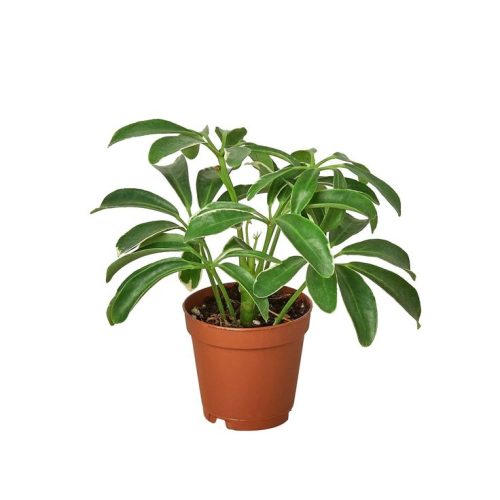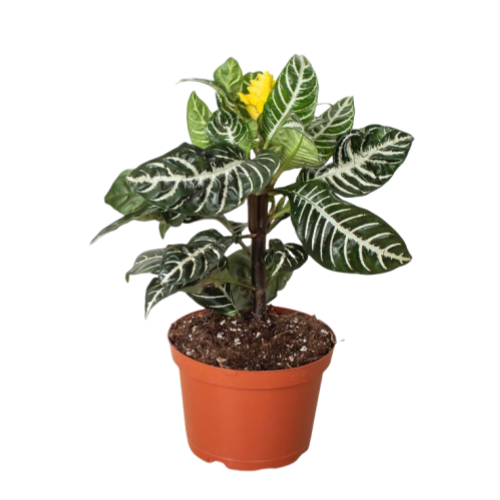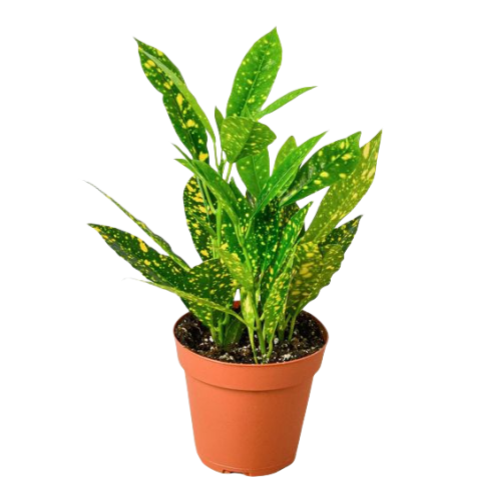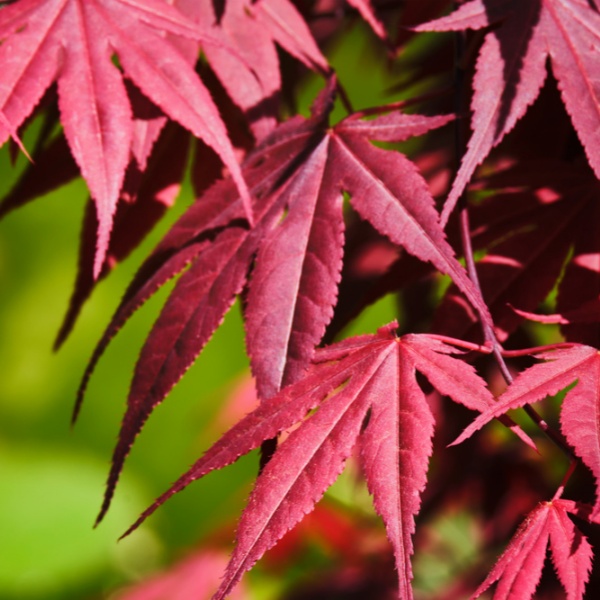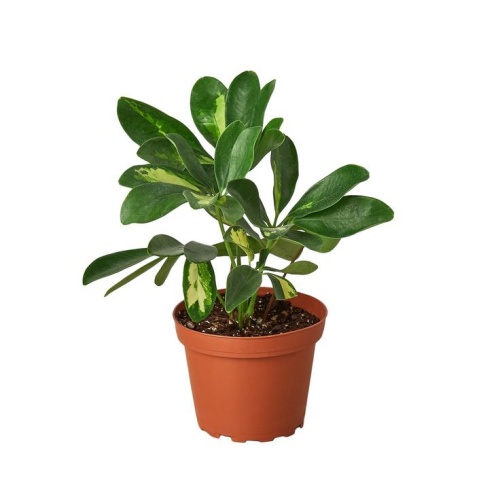Ponytail kanjedza
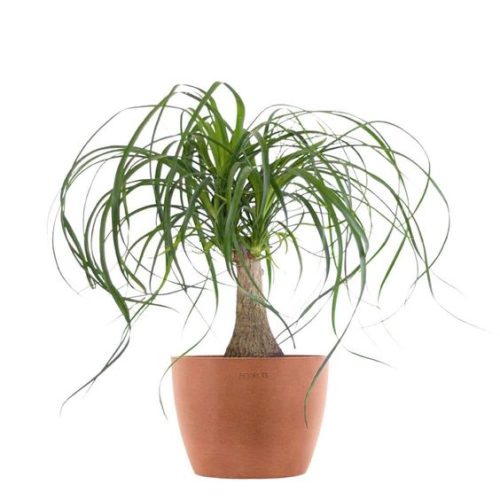
- Botanical Name: Beauryernea recarvata
- Family Name: Asparaceaceae
- Zimayambira: 2-30 feet
- Kutentha: 8℃~30℃
- Others: Warmth, drought-resistant, suitable for indoor light, little water.
Kulemeletsa
Mafotokozedwe Akatundu
Ponytail kanjela cha boddai: chithumwa cham'chipululu, chisomo chapakati
Kukongola kokhazikika kochokera ku Mexican Semi-zipululu
Wokongola wa Ponytail Paldai
Ponytail kanjedza, kutchulidwa kwasayansi monga Beauryernea recarvata, ndi wa banja la Asparaceae ndi matalala ochokera kumadera osachiluka a kumwera chakum'mawa kwa Mexico. Chomera chokhazikikachi chimakhala bwino pamatenthedwe osiyanasiyana, okondweretsa nyengo zofunda ndi mitundu yokulirapo ya 45-85 ° f (7-29 ° C). Itha kupirira chisanu ndi chilimwe pamanja ndi kutsatsa bwino kumatenthedwe a m'nyumba nthawi yachisanu. Imasiyanitsidwa ndi mawonekedwe ake apadera otupa, omwe amasunga madzi ndipo imathandizira kuti mbewuyo ikhale moyo wopezeka mpaka milungu inayi osathirira.
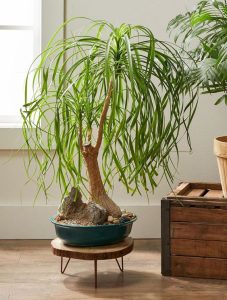
Ponytail kanjedza
Kusinthasintha kwa chilala
Ponytail kanjedza ndi chomera cha zokonda za kutentha ndi kukhazikika m'malo mwamphamvu, kuwonetsa kulolerana ndi mbedza yapadera. Ndiwoyenererana ndi malo okhala ndi kuwala kowoneka bwino kapena kosawoneka bwino ndipo kumatha kuzolowera malo omwe amasungidwa m'madzi. Chikhalidwe cholimbachi chimapangitsa kuti chisankho chabwino kwa iwo omwe amayamikirika otsika kwambiri komabe akuyenda modabwitsa kwambiri.
Kukongola kwa Botolo: Kukongola kwa Plant Plant Fortai
Ponytail kanjedza, yemwe amadziwika zasayansi monga Beauryernea recarvata, is celebrated for its distinctive morphological features. The plant’s most notable characteristic is its swollen base, resembling a large onion, which is referred to as the “bottle” and stores a significant amount of water and nutrients, aiding the plant’s survival in arid conditions. From this base, the Ponytail Palm Bonsai grows slender, curved trunks topped with rosette-shaped green leaves. These leaves are dark green, firm in texture, and spirally arranged, resembling a horse’s tail, hence the name “Ponytail Palm.” The entire plant presents an elegant and intriguing silhouette, making it a popular choice among bonsai enthusiasts and for indoor decoration.
Ponytail kanjedza wamphamvu: kukongoletsa chisomo ndi chuma chophiphiritsa mu chomera chimodzi
Chithumwa cha ponytail: zidziwitso ndi kusamala kwa chisamaliro
Ponytail kanjedza, yokhala ndi masamba ake otupa ndi masamba a cascading, amakondedwa pakati pa okonda chomera ndi zosowa zake. Bokosi ili likuwoneka kuti lili ndi zinthu zowoneka bwino, monga nyongolosi zake ngati thunthu lokhala ndi thunthu lalitali, lokongola lomwe limapanga zotsatira za ponytail. Kusintha kwake m'malo osiyanasiyana, kuphatikizapo nyumba zosiyanasiyana, ndipo kulimba mtima kwake pamaso pa chilala ndikunyalanyaza, pangani chisankho chabwino kwa iwo omwe ali ndi masamba obiriwira. Kukula kwachilengedwe kwa kanjedza wa ponytail kanjedza, kumapangitsa thunthu pakapita nthawi, chimawonjezera chizolowezi chokhwima ndi mini mini.
Zizindikiro ndi Kukongola Kwathu: Ponytail Ponytail
Beyond its physical attributes, the Ponytail Palm Bonsai is also admired for its symbolic meanings. In Feng Shui, it is believed to bring wealth and prosperity to its owner. Its unique shape and lush leaves are thought to attract positive energy and good fortune, adding a touch of auspiciousness to any space. As an interior decoration, the Ponytail Palm Bonsai’s elegant look and tropical vibe make it a popular choice. Its feathery leaves and vibrant green color add a natural beauty to any room, ensuring that its impressive appearance will undoubtedly leave a lasting impression, whether placed in a sunny spot or a well-lit area. In summary, the Ponytail Palm Bonsai is highly regarded and loved for its unique appearance, easy care, symbolic significance, and its role as an indoor decorative element.





